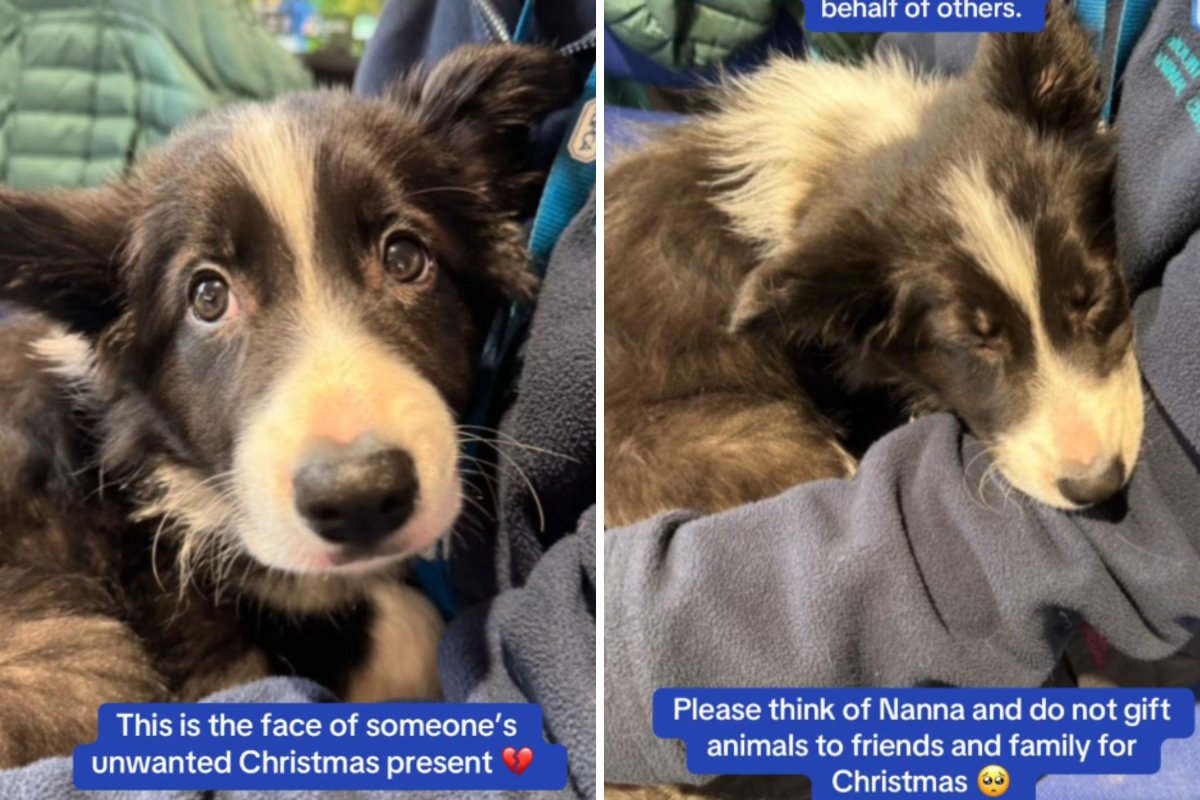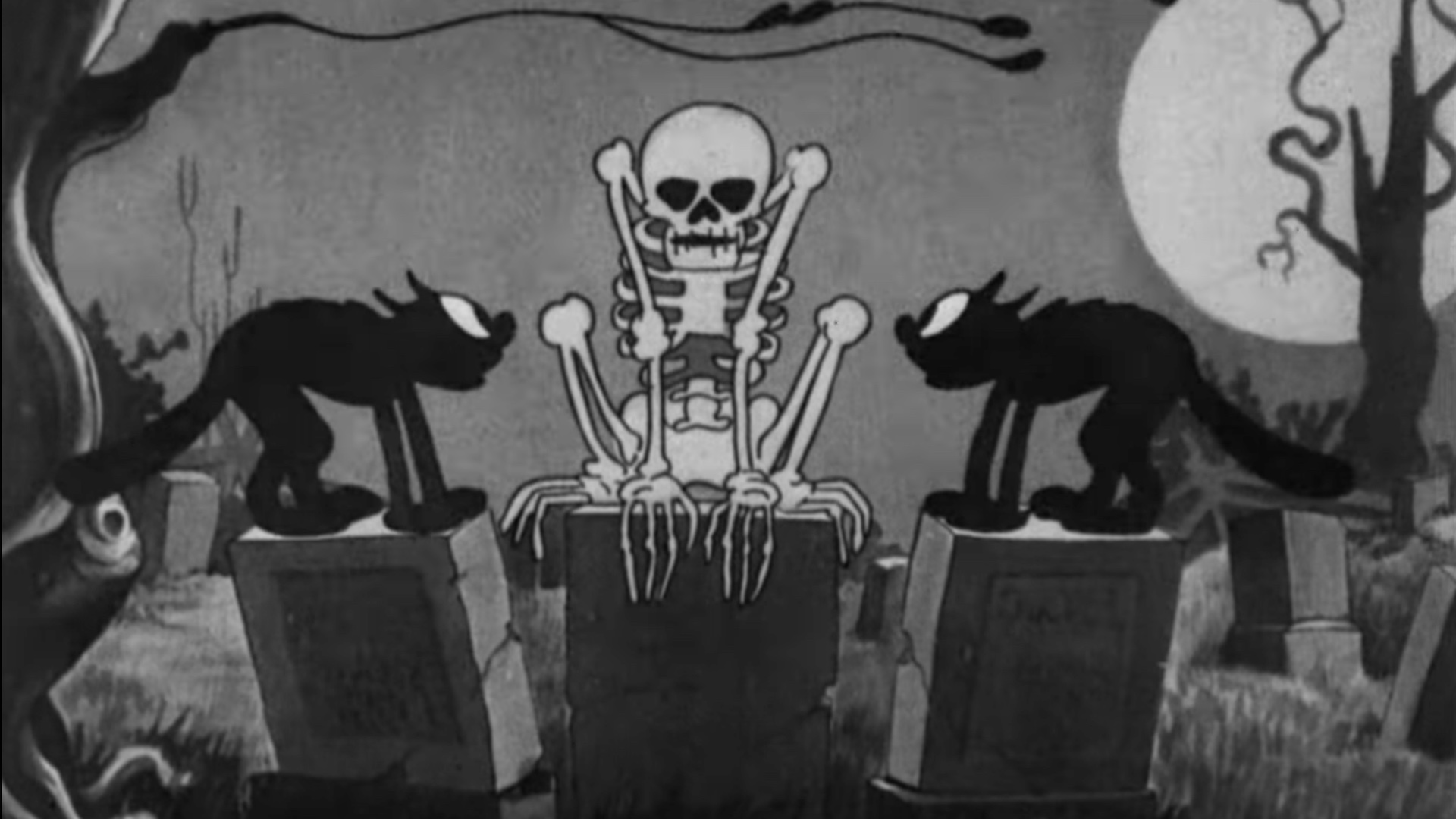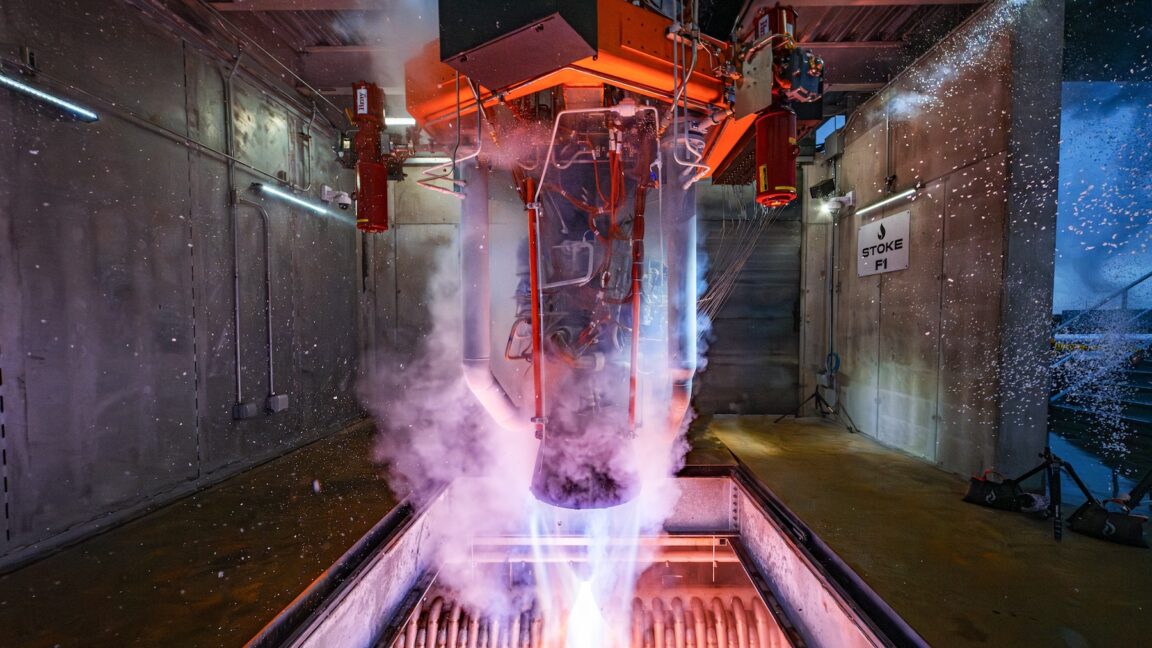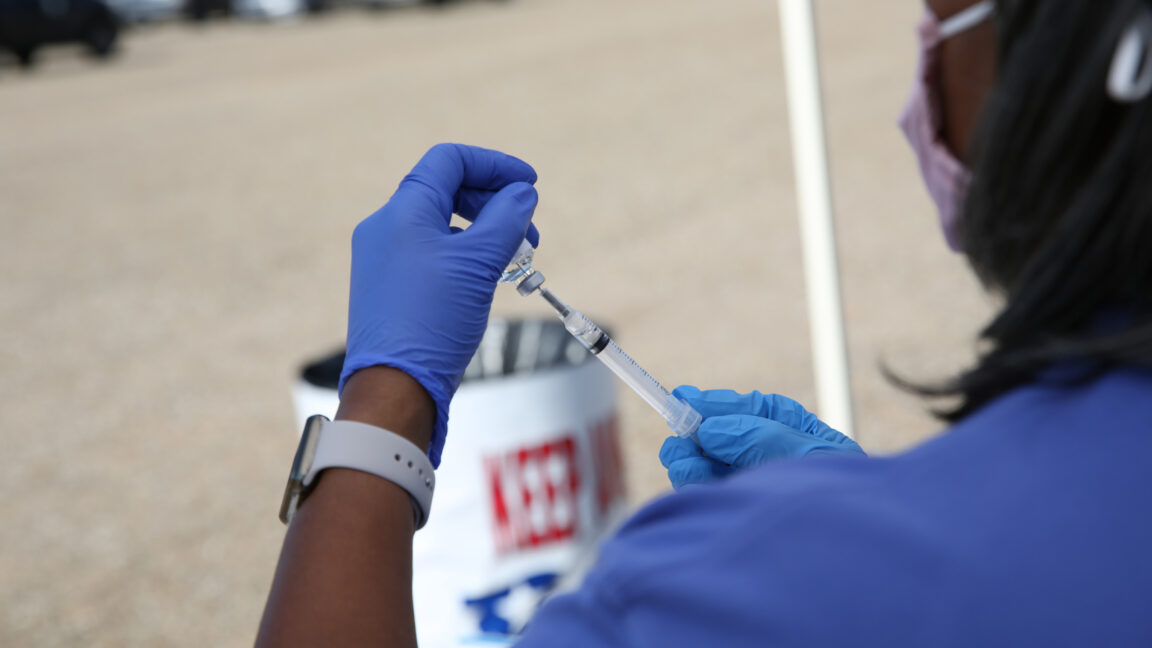New Stream Gauges and Weather Stations Poised to Help Wyoming Tribes Endure Flooding and Drought

ETHETE, Wyo.—Travis Shakespeare and Lokilo St. Clair of the Northern Arapaho tribe were driving through central Wyoming’s Wind River Indian Reservation in May 2010 to check the integrity of bridges during a wet spring full of snow and rain that sent water roaring through rivers across the reservation.
When they came upon 17-mile Bridge, it was already up to its shoulders in water. “Did you feel that?” St. Clair asked Shakespeare as they drove across the span over the Little Wind River.
Shakespeare, who was driving, said he hadn’t.
“Man, the bridge sagged,” St. Clair said.
When they returned to the bridge later that morning, the water was swamping the metal guard rails on either side. About an hour later, tribal and state authorities closed the road. By noon, the bridge abutments had washed away, but a few people were still driving across it.
“You could see the cars dip down as they crossed the bridge,” St. Clair recalled recently.
Amazingly, the bridge was the only casualty.
“We were very fortunate no one got hurt,” Shakespeare said.
Last October, Shakespeare, a hydrologist, was once again at the foot of 17-mile Bridge, this time to explain how the Eastern Shoshone and Northern Arapaho, the two federally-recognized tribes sharing the reservation in central Wyoming, are building a more comprehensive emergency warning system. He was joined by Harvey Spoonhunter, a tall, lanky man who is Shakespeare’s uncle and also a member of the Northern Arapaho Tribe. Spoonhunter runs the tribe’s Office of Homeland Security, which has used money from federal grants to purchase and install new stream gauges and weather stations across the reservation.


A Better Picture
Data from new stream gauges and weather stations will function like the additional pixels that increase the resolution of a photo. Small-scale improvements from the gauges and stations translate into more detailed regional forecasts from the NWS to warn the tribes of impending floods or other extreme weather events. Both tribes are partnering with Disaster Resiliency Experts, a Riverton, Wyoming-based company that works with communities to prepare for extreme weather, to purchase and install the new equipment. “It’s really been a blessing to get to work with them to do what we can tangibly to help our neighbors,” said Tim Troutman, the company’s founder and a retired NWS employee. To improve their monitoring and early warning systems for extreme weather, members of the Northern Arapaho and Eastern Shoshone contacted Troutman in 2022. He estimated that more than 160 tribal members gave feedback before the tribes applied for federal grants to purchase new equipment.

Connecting Over the Climate
Later that day, Shakespeare drove his truck up to Washakie Dam, which feeds the Little Wind River and is named for the famed Eastern Shoshone leader who signed his people’s first treaties with the United States. The water was low, but deep blue, backdropped by mountains tinged with smoke from wildfire to the northwest. As he walked along the water’s shoreline, Shakespeare spoke about the personal stakes of his work. “I love the water. Me and the water have a good connection,” one that was forged during decades of personal strife, he said. Shakespeare is fifty years old, and carries memories of many of his friends who never reached that age. Shakespeare himself almost didn’t make it. “I spent 25 years of my life drinking and, you know, in that time I learned a lot and I also did not learn a lot. In that amount of time, you know, sometimes you step on some toes,” he said. Research by the National Library of Medicine published in 2019 that surveyed a little over 1 percent of the reservation’s population found obesity, hypertension and diabetes rates well above the averages of the nation, Wyoming and other Native communities. Today, Shakespeare is over 10 years sober. As much as anything else, he sees his work as a way to give back to his community and to the land beneath his feet. “Being out here in the water, being out here in the environment, you know, it’s a perfect place to commune with what we have: the Earth. The Arapaho, we call it biito’owu’,” he said, taking a pause, his voice shaking. “It means a lot.” Over the last century and a half, the Wind River reservation has been vastly reduced from tens of millions of acres to around 2 million, and its citizens have endured high poverty rates, a string of empty promises from federal agencies and sovereignty-breeching rulings from state and federal courts. Someday, Shakespeare wants to see his people’s connection to water and land return to something at least approaching the tribe’s relationship with the environment before European settlers migrated west and claimed the land for themselves. But engagement from the reservation’s everyday citizens is not easy to foster, he said. Climate change is the biggest threat facing the reservation, Shakespeare said, but he guessed that only a few hundred of its citizens shared that view. “We’re working on that,” he said. Earlier that day, he had a chance to do that. While he and Spoonhunter stood on the bank of the Little Wind River, two cars peeled off the road. A woman with short hair got out of one and introduced herself as Shawna Friday. She asked Spoonhunter and Shakespeare for their names and business on her land. She was nervous; in September, someone had trespassed on and damaged some of her property with heavy machinery, she said, and her family had been skittish ever since.









